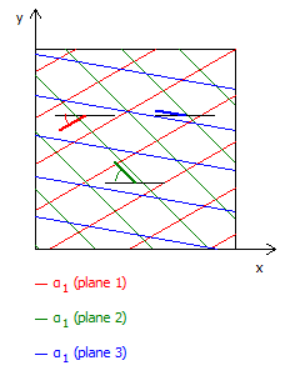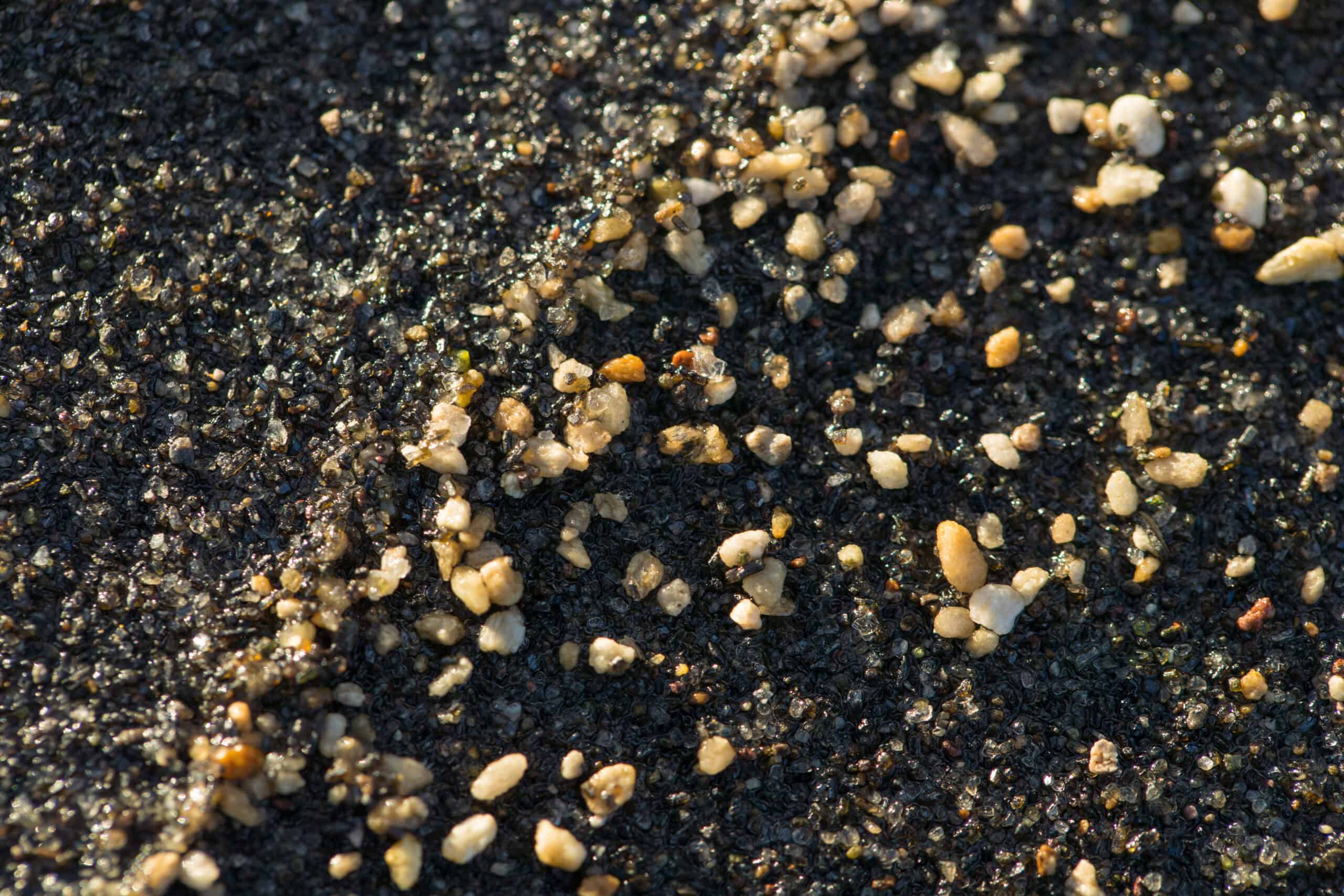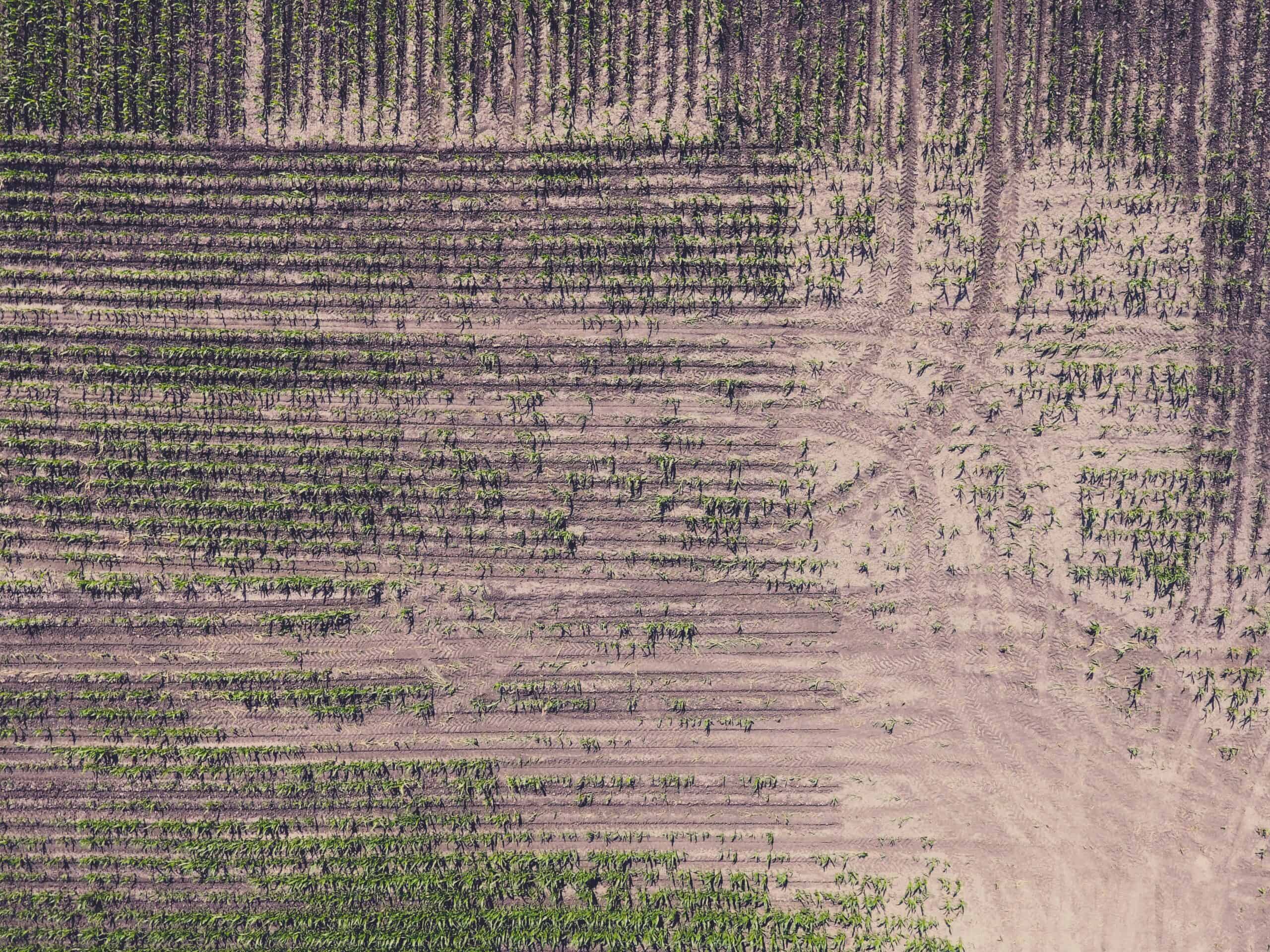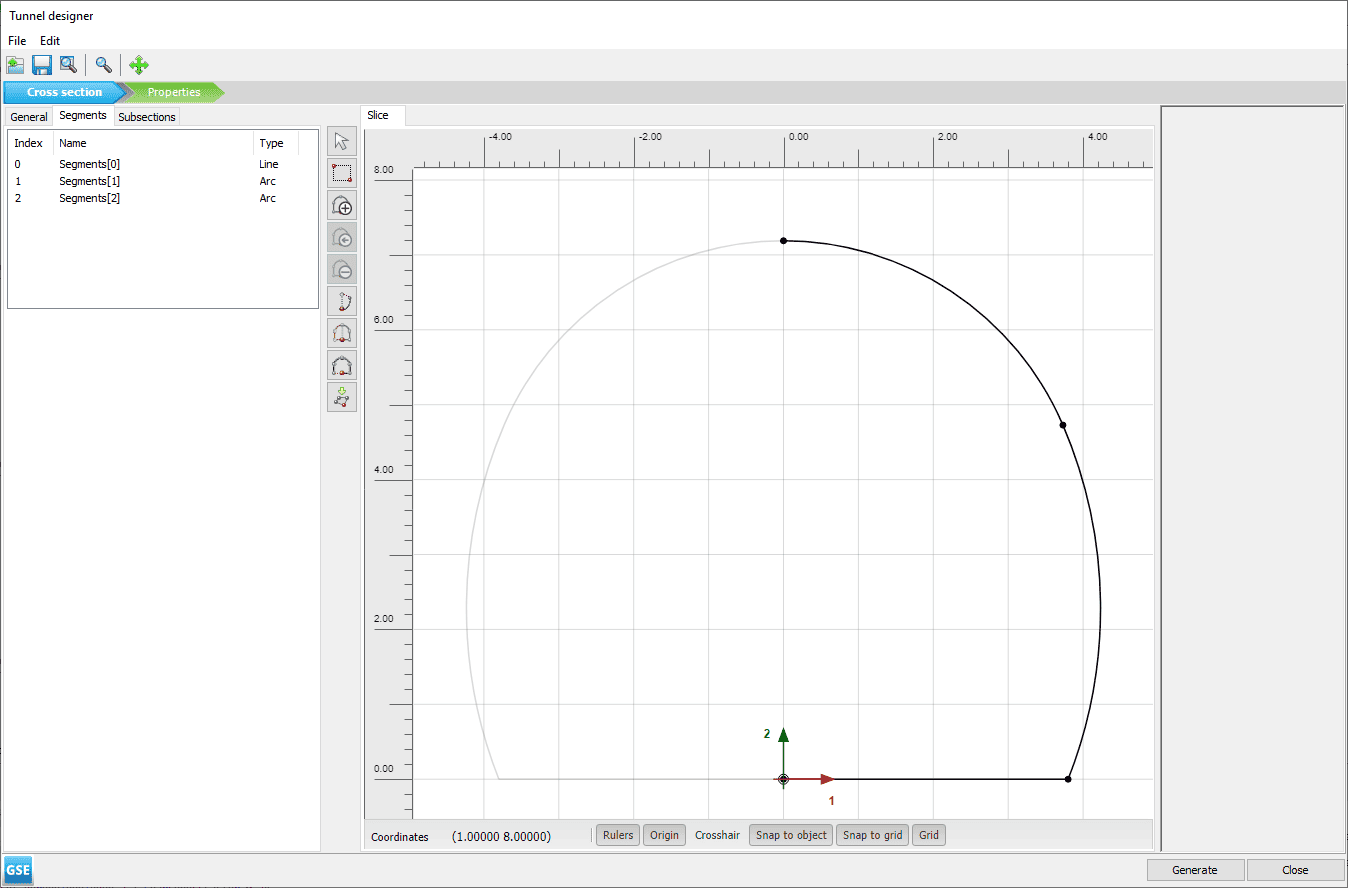Although PLAXIS has its roots in soft soil, it is well equipped for finite element analyses in hard soils and rocks. In addition to dedicated facilities for the modelling of tunnels, rock bolts and field stress conditions, it includes the necessary constitutive models to simulate the behaviour of various types of rock.
Features of rock behaviour
In this series of blogs about constitutive models, I have often mentioned ‘features of soil behaviour’. Now, since we are talking about rock here, I would like to mention some ‘features of rock behaviour’ and point out the differences with soil behaviour:
• Rock stiffness is significantly higher than soil stiffness and barely stress-dependent.
• Rock strength is significantly higher than soil strength; mainly the cohesive part of strength; and it increases less-than-linear with the stress level.
• Rock behaviour is often anisotropic; both in terms of stiffness and in terms of strength; it is highly influenced by its geological history which may have introduced wear (weathering), fissures, cracks, joints, faults and other irregularities or discontinuities.
• Rock deformations can be time-dependent (creep), but very different from creep in soft soils.
It is important to note that rock behaviour (even the same rock formation) can vary a lot from one place to another, because of local irregularities. When taking an (intact) rock core sample and test it in the lab, the measured properties are generally more favourable than those of the rock mass. Therefore, field investigation is necessary for the determination of representative rock properties.
Hoek-Brown model
The Hoek-Brown model is a combination of Hooke’s elasticity law and the Hoek-Brown failure criterion. This well-known failure criterion for rock expresses that the rock strength increases less-than-linear with the stress level. The Hoek-Brown model is primarily meant for weathered rock. There is a convenient procedure in PLAXIS to help you determine the five model parameters, based on field investigation, lab testing data and empirical data.
The standard Hoek-Brown model in PLAXIS is linear elastic perfectly-plastic. There is an advanced version of the Hoek-Brown model available as user-defined model with additional input of tensile strength and residual strength parameters (Marinelli et al., 2018). This model is called the ‘Hoek & Brown model with softening’ and includes softening behaviour, which is the reduction of strength due to plastic straining until the residual strength is reached.
Jointed Rock model
The Hoek-Brown model cannot explicitly deal with discrete systems of joints and fractures which could introduce significant anisotropic behaviour in the rock mass. If your project involves rock that has well defined discontinuities, the Jointed Rock model is more appropriate for such rock. The stratification direction (and other predominant failure directions) can be modelled by means of the so-called ‘dip’ and ‘strike’ parameters.
Figure: example with three different dip angles, defined by the α1 parameter
The standard Jointed-Rock model in PLAXIS is linear elastic perfectly-plastic. Plastic deformation can only occur in the predefined failure directions. This means that the rock matrix is considered linear elastic (unlimited shear strength), which may be regarded as a limitation. In case you would like to define the rock matrix as an elastoplastic material, there is a user-defined model available that has this capability, which is the ‘Isotropic Jointed Rock with Mohr-Coulomb Failure Criterion’ model.
N2PC Rock Salt model
Besides the standard rock models in PLAXIS, there are a couple of user-defined models available that include special rock features. The N2PC Rock Salt model, which is a Norton-Based Double Power Creep Model (Bui et al., 2018), is a model that is meant for salt rock and other types of rock that involve time-dependent creep behaviour. It can be used for deep underground projects in the mining and petroleum industry such as energy storage and gas extraction. In combination with the in-built thermal capabilities in PLAXIS 2D Ultimate, the creep in the N2PC Rock Salt model can even be defined as temperature-dependent.
Swelling Rock model
The Swelling Rock model (Schädlich et al. 2013) is another user-defined model that includes a special rock feature: Swelling. A typical example where this model may be used is in the case of a tunnel project in anhydrite rock. If the anhydrite gets in contact with water, it may swell in time up to 60% in volume. This may cause significant additional stresses or deformations in the tunnel lining. With the Swelling Rock model and its tunnel modelling facilities, PLAXIS is well equipped to perform such analysis.
Start your rock analysis with PLAXIS today
As you have seen in this blog, PLAXIS does not only include facilities for geotechnical analysis in (soft) soils, it also has the capabilities to perform accurate finite element calculations for complex projects in rock. The efficient workflow in combination with its robust constitutive models makes PLAXIS the ideal tool for projects involving rock stability, tunnels, deep underground (energy) storage and many more. So, start your rock analysis with PLAXIS today, and you will find out that it is as good for rock as it is for soil.
LinkedIn Live: PLAXIS Soil Model Talk with Dr. Ronald Brinkgreve
References:
Bui TA, Brinkgreve RBJ, Zampich L (2018). The Norton-Based Double Power Creep Model for Rock Salt. N2PC User Manual. Delft: Plaxis bv.
Marinelli F, Zalamea N, Brasile S, Brinkgreve RBJ (2019). An Advanced Hoek & Brown Model with Softening. User Manual. Delft: Plaxis bv.
Schädlich B, Schweiger HF, Marcher T (2013). Numerical Analysis of Swelling Deformations in Tunnelling – A Case Study. Proceedings EURO:TUN 2013, 3rd Int. Conf. on Computational Methods in Tunnelling and Subsurface Engineering (ed. G. Meschke). Aedificatio Publishers, 429-436.
Learn more about PLAXIS with Bentley’s eStore:
Interested in PLAXIS soil models? Find more resources here.
Read here to learn a real-world case Modelling Swelling Rock Behaviour in Tunnelling.
Want to learn the specialized material models in PLAXIS 2D and 3D?
Get access to new educational PLAXIS videos to explore the benefits and value of using PLAXIS.
For the price and the amount of Keys included in PLAXIS Virtuoso Subscription, please visit this page.
Want to learn more about what PLAXIS can do for you? Don’t hesitate to contact our geotechnical experts. We are happy to help.










